Understanding Trunks: Functions and Explanations of Trunk Links

Hello guys, in this article matob will discuss various things related to trunks. Have you ever heard the word “trunk”? The word “trunk” comes from the English language which literally means trunk. However, this time we will discuss a different trunk, namely a trunk that is related to the concept of computer networks. Have you heard of […]
How to Shorten a Link / URL

Do you want to change the name of the google form link, google drive, youtube channel, whatsapp link or something else? That kind of link must be very long, right? However, using the link-shortening method, your URK will look shorter, shorter, and neater. Google used to have a service to shorten long links to turn […]
What is an M.2 SSD?

Matob will provide what an M.2 SSD means, from its definition to function. SSD M.2 or M2 is a type of SSD (solid-state drive) that is rectangular with a fast size. These SSDs are generally faster but will cost more than 2.5-inch SSDs. Many thin laptops now use M.2 SSDs because they are smaller than […]
RAM Memory : Functions, How it Works, and Types
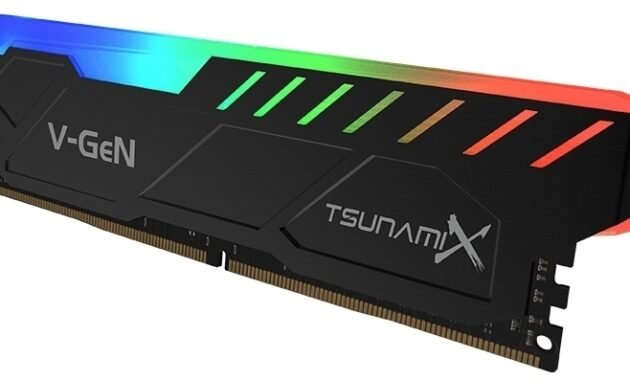
Desktop and laptop computers (or other types of computers) have this kind of storage media. The storage media is the primary storage media (primary) and secondary storage media. RAM ( Random Access Memory ) is one of the main types of storage media in a computer, where data can be accessed randomly ( randomly ) […]
Computer Networking Basic: Definition, Topology, and Types

Every time we surf in cyberspace, make interactions, send data or just open applications, all of this can happen thanks to computer networks. This network will be interconnected between several computers connected via transmission media or communication media. This network connection makes our activities on the internet smooth, accessible applications and computer hardware. This computer […]
Li Po battery: definition, functions, strengths, weaknesses

Li-Po batteries are a new generation of batteries that are now widely used. In general, this applies to various types of the latest devices such as laptops, smartphones , digital cameras and many others. As a new version of the battery, Li-Po has a number of advantages that its previous generation, namely the Li-ion battery, did not have. These advantages […]
Energy Storage Solutions: Exploring the Latest Technologies and Innovations

As the world continues to shift towards cleaner and more sustainable forms of energy, energy storage solutions are becoming increasingly important in meeting energy demands. Energy storage solutions enable us to capture and store energy from renewable sources, such as solar and wind power, and release it when needed, providing a more reliable and stable […]
Electric Cars vs. Gas Cars: Which is Better for the Environment and Your Wallet?

Electric cars and gas cars are two types of vehicles that are commonly used for transportation. Gas cars run on gasoline, which is a fossil fuel, while electric cars run on electricity that is stored in a battery. In recent years, there has been a growing interest in electric cars due to their potential environmental […]
Solar Power: A Comprehensive Guide to Understanding and Implementing Solar Energy
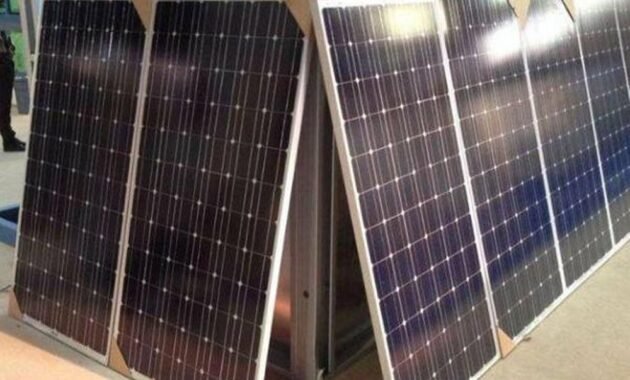
Solar power is a renewable energy source that harnesses the power of sunlight to generate electricity. It works by using solar panels, which are made up of photovoltaic cells that convert sunlight into direct current (DC) electricity. This DC electricity is then converted into alternating current (AC) electricity by an inverter, which can be used […]
The Future of Lithium-Ion Batteries: Advancements and Challenges
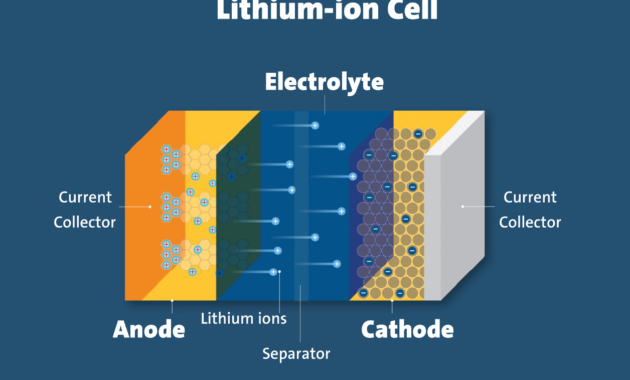
Lithium-ion batteries are rechargeable batteries that have become ubiquitous in our modern world, powering a wide range of portable devices such as smartphones, laptops, and electric vehicles. They are lightweight, high-energy-density batteries that provide reliable power for a range of applications. Lithium-ion batteries have become increasingly important in many industries, including consumer electronics, automotive, and […]
Power Your Drive: The Best Batteries for Electric Cars

Electric cars are becoming increasingly popular as people look for ways to reduce their carbon footprint and save on fuel costs. One of the key components of an electric car is the battery, which powers the motor and allows the car to travel. But with so many different types of batteries available, it can be […]
The Induction Motor Explained: An Introduction to Its Design and Function

Induction Motor is ? Following are the definitions, types, characteristics and working principles of induction motors with examples An induction motor, also known as an asynchronous motor, is an AC electric motor that is commonly used in society. So called because these devices operate at a speed less than their synchronous speed. Then, the need […]
Understanding Microcontrollers and Their Functions : The Ultimate Guide
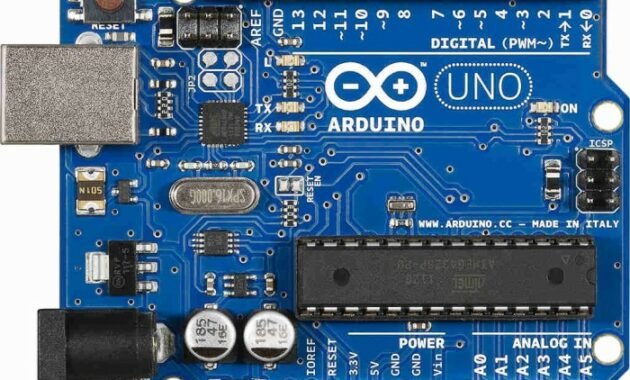
Microcontroller is? Understanding what is a microcontroller according to experts Types of Microcontroller Components and Functions In the field of computers and electronics, there is a chip called a microcontroller. Many people misinterpret that this chip is the same as a microprocessor, namely the CPU in a computer. In general, a microcontroller is a chip […]
What is Coaxial Cable, Function, Type and Price
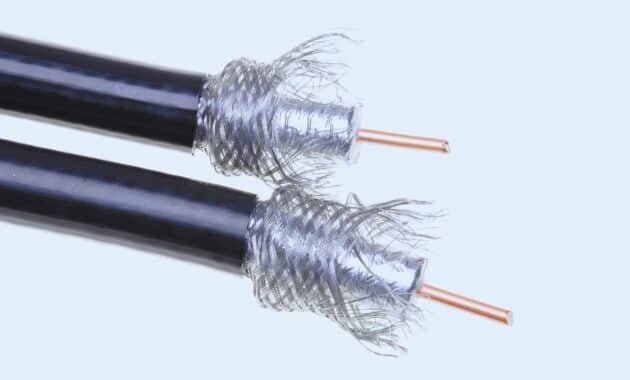
Coaxial cable is a medium for transmitting data or information through electrical signals. For more details, we will discuss in full, starting from the understanding, functions, types, advantages and disadvantages of coaxial cable in this article. Look carefully at the following material! Coaxial cable is a means of transmitting information or data through electrical signals. Where the […]
What Is a Hydraulic System? Take a peek at the definition and how it works

What is a hydraulic system? The hydraulic system is one of the mechanical techniques that is driven by hydraulic oil (fluid). Hydraulic oil is used as the primary power source in operating the machine attachments so they can work according to their axis. Until now, the need for hydraulics continues to penetrate various corporate sectors, from […]
7 Components of an Electric Motor and Their Functions

Electric motor components – Have you ever noticed a blender, or a fan. Why these components can rotate? If you are curious, don’t worry, because this time we will discuss the working principles and components of electric motors and their functions. In the world of electronics, electric motors are components that cannot be separated. This also applies to the […]
How Electric Cars Work, Important Components and Their Types

Electric cars have a different way of working when compared to conventional engined vehicles. The propulsion system is simpler, and there are several types. Over time the trend of electric cars is increasing. Many manufacturers are starting to release electrified products. Coupled with the support of the Indonesian government through infrastructure development and tax incentives for electric cars. […]
Diagram of the OCL 150 Watt Mono and Stereo Amplifier Circuit

The power amplifier circuit is an electronic circuit consisting of passive components and an amplifier that functions to amplify the input signal. The input signal in question is sound coming from a microphone, radio frequency or from a digital file that is converted to an analog signal. The components used in the power amplifier circuit […]
Understanding the Basics of DC Motors: A Comprehensive Guide

Get to know DC Motors, How They Work and Types. DC motor or also called direct current motor is a type of actuator or drive that converts electrical energy into mechanical movement. In contrast to AC electric motors which use one phase or three phases, this system uses Direct Current (DC) in its operation. DC […]
Dynamos 101: An Introduction to Their Types, Components, and Working Principles

Dynamo: Definition, Functions, Components, Types, Working Principles In general, a dynamo is a device useful for generating electrical energy, from which it was initially in the form of mechanical energy. The use of dynamo in electronic circuits themselves is pretty widespread. One of them is used in power generators, for example, as found in hydropower or […]
